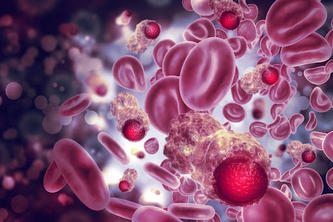
Do any genes protect against Alzheimer’s disease? And do any predispose a person to its ravages? The answer is yes to both, according to work led by U of M researcher Lisa James.
Along with colleagues at the U of M and the Minneapolis VA Health Care System, James is laying the basis for developing drugs or other treatments to mimic the functions of protective genes.
In one study, the researchers found that a certain form, or allele, of a particular gene protects a person from age-related losses of gray matter. The protective allele—called DRB1*13:02—is one of many in the Human Leukocyte Antigen, a large complex of genes that help our bodies defend against potentially harmful foreign matter.
In that study, the team measured amounts of gray matter in 71 women, ages 32 to 69. Those who carried the DRB1*13:02 allele showed significantly smaller age-related losses of gray matter than those of the same age who lacked the gene.
“This gene is one of many factors, including diet and exercise, that help maintain brain function throughout the lifespan,” says James, the Kunin Professor of Women’s Healthy Aging in the Department of Neuroscience and a researcher at the Brain Sciences Center of the Minneapolis VA. ““We [previously] found a similar protection against brain atrophy in Gulf War veterans who carried this allele.”
In more recent work, the researchers have shown that this allele can protect against a harmful form of another gene. Called apoE4, it is a known risk factor for Alzheimer’s disease.
There, the team studied brain function in 178 women, ages 28-99, looking at how well neural networks in the cerebral cortex maintained their integrity with age. They found that women who carried either the DRB1*13 gene or the “good” form of apoE (apoE2), or both, had significantly more stability in their neural interactions with age.
In other words, if you have a “bad” form of either of these genes, the “good” form of the other gene can protect you.
- Categories:
- Health




